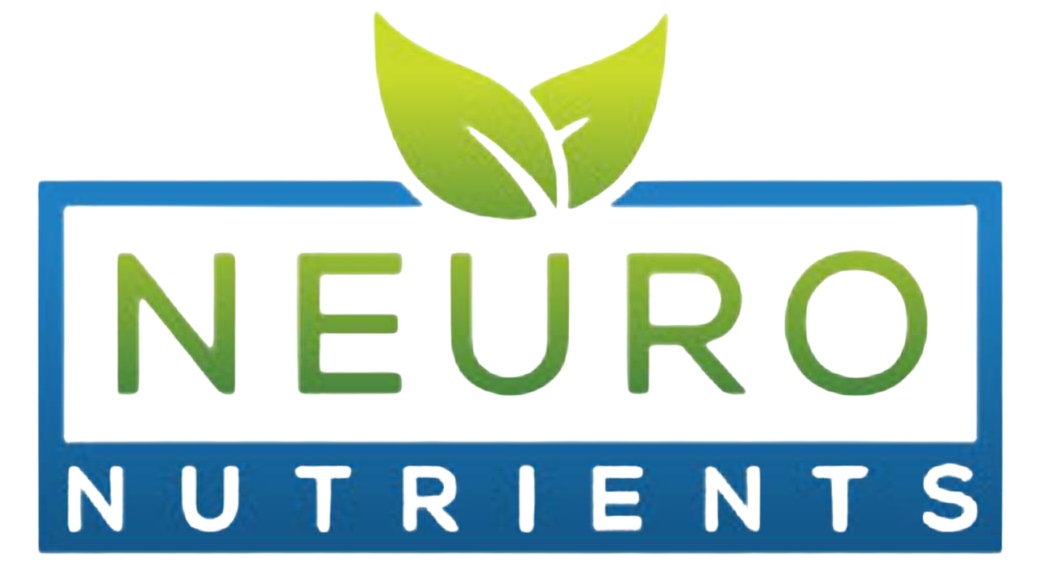Practicing in Austin, Texas, a city that values “alternative” health care has come with its challenges. When I was a new provider in clinical practice, I knew the algorithms for when to prescribe Tamiflu, how to treat sinusitis, and certainly which antibiotic to choose first to treat an ear infection. I was well versed on drugs, when to use them for acute illnesses and how long we could “watch and wait” for everything else that had no drug treatment indication. The trouble was, Austin Momma’s didn’t want to “watch and wait” when their children were sick, they wanted to take action with natural medicines!
While I am the type of provider that has an open heart and an open mind when it comes to treating illness (and know that unfortunately our medical system is not 100% free from corruption and big pharma influence), I also am the type of provider that needs to see the evidence. If Vitamin C works for the common cold, well, I need to see the proof. What population was it studied in, for how long, what were the confounders in the study, limitations, results, and most importantly, the safety? The sad truth is the quantity of peer reviewed studies and clinical trials on nutraceuticals have their limitations. There are no big pharma dollars behind studying a non patentable naturally occurring substance. Nature created Vitamin C. You can’t patent it, therefore you cannot profit off of it, therefore the breadth and depth of the clinical research around it is typically not as robust as a drug. While this is the reason that some medical providers are naysayers on using natural supplements to support acute illnesses (plus the pharmaceutical reps are not in their offices pushing them) there is enough evidence for me. There have been clinical trials, a long history of safety, and providers like me have been using them in clinical practice for decades.
Below is the list of what nutrients have the strongest evidence and clinical indication for when the next viral illness strikes, and you are not willing to “watch and wait” as you, or your child, falls ill.
NAC
Amino acid and antioxidant that helps thin mucous secretions so clearance from the upper respiratory track is easier and more effective. Taking NAC can reduce days of illness when infected with influenza and reduce exacerbations of lung diseases such as chronic bronchitis and obstructive pulmonary disease.
Vitamin C
Water soluble antioxidant that has the strongest evidence if taken during an acute cold or viral illness, it can reduce the days of illness, leading to quicker resolution of the illness. Vitamin C also has antihistamine properties and can improve allergy type symptoms.
Vitamin A
Fat soluble vitamin that helps enhance the oral mucosa immune defense system. Being deficient in Vitamin A can increase the risk of lung injury in respiratory diseases. Vitamin A is the consensus around the world as the single agent treatment for viral measles.
Vitamin D
Steroid hormone that has anti inflammatory and immune modulating effects in the body. Vitamin D can reduce the chance of a contracting a respiratory infection and also reduce viral growth when a person is infected. Low Vitamin D levels in humans have been associated with numerous diseases and pathogenic conditions.
Zinc
Essential mineral that can prevent or reduce the severity and duration of a viral illness. Being deficient in zinc can increase the risk and susceptibility of infection.
Quercetin
Bioflavonoid that has evidence in reducing viral stressors such as with the common cold or influenza. Quercetin is also often used for allergic conditions, as it can regulate mast cells, and reduce allergic inflammation. Quercetin and zinc taken together have a synergistic effect, as the quercetin helps make zinc more absorbable inside of cells (where it is effective at supporting the reduction of viral processes).
- Dr. Emily Gutierrez, DNP, C-PNP, IFMCP, PMHS, CCN
Doctor of Nurse Practice, Certified Pediatric Nurse Practitioner, Institute of Functional Medicine Certified Practitioner, Certified Primary Care Mental Health Specialist, and Certified Clinical Nutritionist
Peer Reviewed Clinical References:
Dabbagh-Bazarbachi H, Clergeaud G, Quesada IM, Ortiz M, O’Sullivan CK, Fernández-Larrea JB. Zinc ionophore activity of quercetin and epigallocatechin-gallate: from Hepa 1-6 cells to a liposome model. J Agric Food Chem. 2014 Aug 13;62(32):8085-93. doi: 10.1021/jf5014633. Epub 2014 Jul 31. PMID: 25050823.
De Flora S, Grassi C, Carati L. Attenuation of influenza-like symptomatology and improvement of cellmediated immunity with long-term N-acetylcysteine treatment. Eur Respir J. 1997 Jul;10(7):1535-41. doi: 10.1183/09031936.97.10071535. PMID: 9230243.
Douglas RM, Hemilä H, Chalker E, Treacy B. Vitamin C for preventing and treating the common cold. Cochrane Database Syst Rev 2007; (3):CD000980.
Fischer,W.C. and Black, R.E. Zinc and the risk for infectious disease Annu Rev Nutr. 2004; 24:255-275. doi:10.1146/ annurev. nutr.23.011702.073054.
Fraker, P.J.; King, L.E. et al.The dynamic link between the integrity of the immune system and zinc status. J Nutr. 2000; 130(5S Suppl):1399S-1406S.
Grandjean EM, Berthet P, Ruffmann R, Leuenberger P. Efficacy of oral long-term N-acetylcysteine in chronic bronchopulmonary disease: a meta-analysis of published double-blind, placebo-controlled clinical trials. Clin Ther. 2000 Feb;22(2):209-21. doi: 10.1016/S0149-2918(00)88479-9. PMID: 10743980.
Huang Z, Liu Y, Qi G, Brand D, Zheng SG. Role of vitamin A in the immune system. J Clin Med. 2018;7(9):E258. doi:10.3390/jcm7090258
Huiming, Y., Chaomin, W., and Meng, M. Vitamin A for treating measles in children. Cochrane Database Syst Rev 2005;(4):CD001479.
Johnston CS. The antihistamine action of ascorbic acid. Subcell Biochem 1996;25:189-213.
Kinker B, Comstock AT, Sajjan US. Quercetin: a promising treatment for the common cold. J Anc Dis Prev Rem. 2014;2:2:1000111.doi:10.4172/2329-8731.1000111.
Martineau AR, Jolliffe DA, Greenberg L, et al.Vitamin D supplementation to prevent acute respiratory infections: individual participant data meta-analysis. Health Technol Assess. 2019;23(2):1-44. doi:10.3310/hta23020.
Mokhtari V,Afsharian P, Shahhoseini M, Kalantar SM, Moini A. A review on various uses of N-acetyl cysteine. Cell J. 2017;19(1):11-17. doi:10.22074/ cellj.2016.4872.
Wu W, Li R, Li X, et al. Quercetin as an antiviral agent inhibits influenza A virus (IAV) entry.Viruses. 2015;8(1):E6. doi:10.3390/v8010006.
Zdrenghea MT, Makrinioti H, Bagacean C, Bush A, Johnston SL, Stanciu LA.Vitamin D modulation of innate immune responses to respiratory viral infections. Rev Med Virol. 2017;27(1). doi:10.1002/rmv.1909
*All content of this article is for informational purposes only. Furthermore, it is not a substitute for professional advice, diagnosis, or treatment. For this reason, always seek the advice of your provider, therapist, or other qualified health professional with any questions or concerns you may have.*

